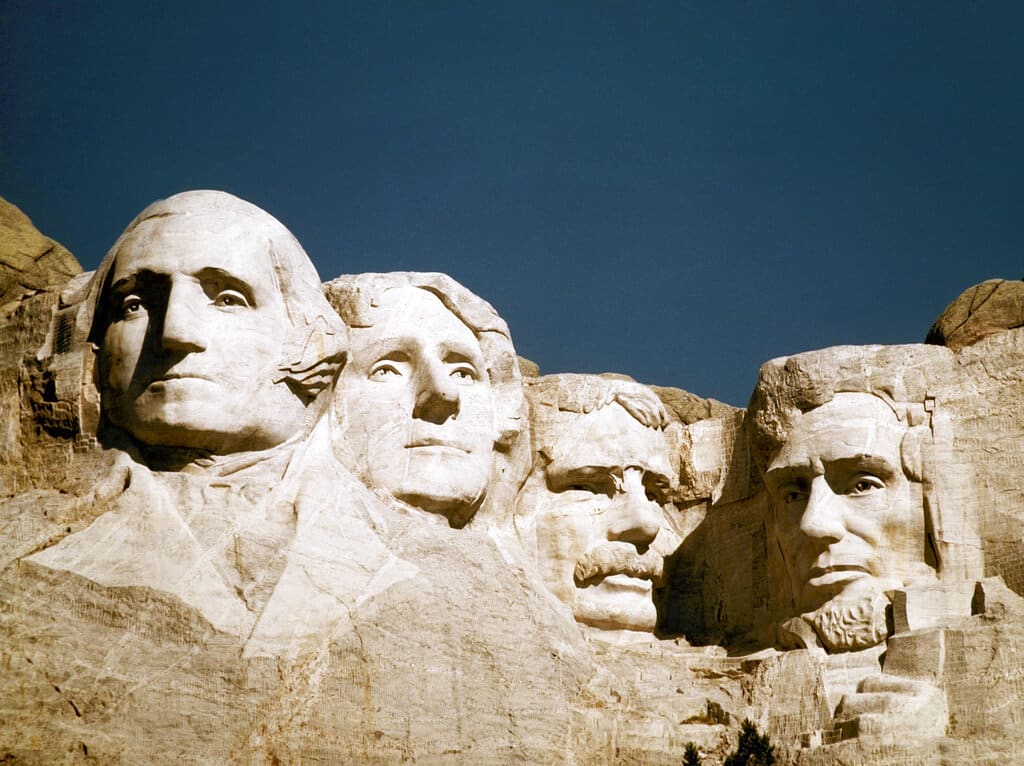

When you’re the president of the United States, the First Amendment can have a downside.
There you are, one of the most powerful people in the world, and more than 340 million people have the right to criticize you. Journalists watch your every move and columnists write articles challenging your positions. Frustrated citizens take to the streets to march against your policies. It’s not a good job for someone with thin skin.
As we celebrate Presidents Day on Feb. 19, it’s worth remembering that the power of the presidency has long been kept in check by the First Amendment via the voices of the American people and the news media that keep an eye on government. The First Amendment allows us to confront the abuse of power and demand change.
John Vile, a distinguished constitutional scholar and my colleague at Middle Tennessee State University, has just completed the First Amendment Encyclopedia’s ambitious overview of every American president’s engagement with the First Amendment. Some presidents have been tempted to limit freedom of expression in the face of public criticism, while others have embraced freedom of speech and press throughout their terms.
Observations from the just-published overview:
Until 1970, Presidents Day largely focused on George Washington’s birthday and his accomplishments. With the establishment of Presidents Day as a national holiday, the celebration includes everyone who has held the office of the presidency.
That’s a good thing. Our presidents have been a varied lot, politically, intellectually and spiritually. There is much to be learned from the men who held the toughest job in the world.
Today, we live in a highly polarized society in which politicians harness hate and fear for electoral purposes. It’s commonplace to dismiss or demonize the beliefs and speech of others, and as the free-speech organization PEN America observes, “We face the worst spate of book bans since the Red Scare of the 1950s.”
The Red Scare – a national hysteria about the threat of communism – was most visibly fueled by Sen. Joseph McCarthy, who made undocumented claims about widespread infiltration of the U.S. government by communists, leading to congressional investigations.
Congress also held hearings to explore the influence of communism in Hollywood, leading to the blacklisting of more than 200 film professionals who had done nothing other than exercise their freedoms of speech and assembly.
Harry Truman was president during those dark days and he had no patience for McCarthy’s theatrics, calling him “the best asset that the Kremlin can have.”
Truman, one of our most colorful and outspoken presidents, was also one of our most beleaguered, with his approval rating plummeting at frequent intervals. He took tough stands and received widespread criticism, particularly when he dismissed once-beloved Gen. Douglas McArthur.
Yet Truman was also a fierce defender of the public’s right to dissent.
In a 1950 speech pointing to the insecurity of police states, Truman said, “Once a government is committed to the principle of silencing the voice of opposition, it has only one way to go, and that is down the path of increasingly repressive measures, until it becomes a source of terror to all its citizens and creates a country where everyone lives in fear.”
Give ‘em Hell, Harry. Happy Presidents Day.
Ken Paulson is the director of the Free Speech Center at Middle Tennessee State University.